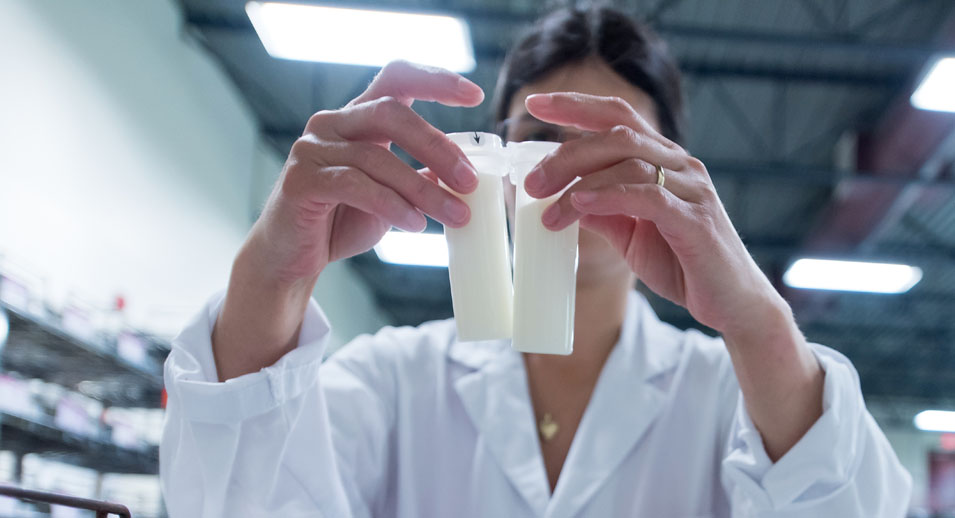5 keys to sow forage crops successfully
- May 13, 2019

1. Check that soil pH is optimal
Soil pH is the first thing to check before sowing a new forage prairie. Optimal pH is 6.8 for alfalfa, and 6.5 for grasses and other legumes. A pH below these recommended levels will jeopardize the survival and persistence of your forage crops and reduce the availability of nutrients such as phosphorus (P) and potassium (K).
2. Prepare a firm seedbed
Perennial forage crops should last 3 to 5 years in your fields, so a solid foundation is crucial. Preparing a firm seedbed will ensure that the seed has good contact with the soil and is able to absorb water. The rule of thumb for determining if the seedbed is firm enough is to measure the depth of the heel print of your boot, which shouldn’t be more than a ¼ in. (0.5 cm) deep.
3. Aim for the appropriate seeding depth
After seeding the first 20 m, it is important to stop and check your seeding depth. Forage seeds must be sown at a depth of ¼ to ½ in. (0.5 to 1.2 cm), and ¾ in. (2 cm) in sandy soils. If the seeds are too deep or shallow, emergence may be uneven and could result in yield losses.
4. Meet N-P-K requirements
When planning field work, it is important to consult with your field crop agronomist to ensure that you meet seedling requirements for nitrogen, phosphorus and potassium (N-P-K). In the case of alfalfa, a potassium deficiency at seeding will affect the germinative energy of the seedlings. Optimal potassium fertilisation will stimulate nitrogen (N) fixation.
5. Wait until the soil temperature is optimal for annual C4 grasses (Sudan grass, pearl millet, sorghum)
Following the droughts of the last few years in Quebec, there is a growing interest in annual C4 grasses, such as Sudan grass, pearl millet or sorghum. Because these annual plants originate from warmer climates, however, their management differs from that of perennial C3 grasses (orchardgrass, timothy, bromegrass). C4 grasses must be sowed when the soil temperature has reached at least 18 ºC, at a depth of 2 to 4 in. (5 -10 cm). This means delaying seeding of these grasses until late May or early June, depending on the region. If those criteria are not respected, the quality of the crop could be significantly affected.










